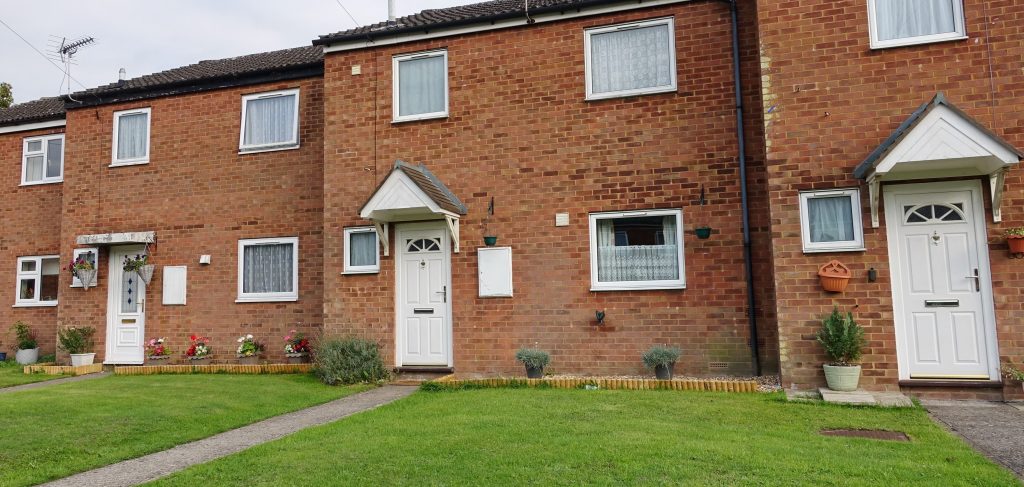
Accounting Direction Update
The Regulator of Social Housing (RSH) has published the latest rules on accounting for registered providers of social housing for the preparation of their accounts from January 2022.
The RSH’s Accounting Direction sets out the minimum information that Registered Providers must include in their financial reporting.
Following changes to the RSH’s Accounting Direction in early 2019, the RSH committed to further examine recurring issues. The latest changes relate to:
- the removal of any direction relating to the Disposal Proceeds Fund, which ceased to exist in April 2020;
- providing further clarity and explanation of the requirements for segmental reporting – where organisations include breakdowns of the performance of different aspects of their business in financial results; and
- some amendments and clarifications on value for money narrative reporting requirements.
The Accounting Direction takes effect for accounting periods beginning on or after 1 January 2022 and supersedes the requirements of the Accounting Direction for PRPs of Social Housing 2019. The 2019 Direction continues to apply to accounts for periods beginning before 1 January 2022 although earlier adoption of this Direction is encouraged.
Code of Governance 2020
The NHF Code of Governance 2020 is designed to help housing associations achieve the highest standards of governance and board excellence, and is based upon the principles of accountability, integrity, openness, equality, diversity and inclusion. It was published in November 2020, with the aim of housing associations being able to adopt it by 31 March 2021.
The NHF recognises that adoption will be a gradual process, whilst Associations work towards how compliance can be best achieved. This may be spread over a medium-term transition period to enable structures and policies to be implemented before full compliance. Therefore, the NHF anticipate that for most associations, a statement of full compliance with the Code will first appear in the 31 March 2022 annual report. Any areas of non-compliance should be detailed in the Board’s annual report, including the reason for the exception.
The Social Housing White Paper
The Government issued its white paper in November 2020, setting out the future regulation of the sector. The white paper contains measures to empower tenants and improve the supply and quality of social housing. It includes a seven-point Charter for residents of social housing and aligns with the work that the sector has been doing to achieve greater accountability to residents through the new 2020 Code of Governance and the Together with Tenants initiative.
The objectives of the white paper were to set out the measures by which the government will:
- Ensure social housing is safe.
- Make it easier to know how social landlords are performing, to increase transparency and accountability.
- Ensure swift and effective complaint resolution.
- Strengthen the consumer standards social landlords must meet and create a strong, proactive regime to enforce them.
- Empower residents to support them in engaging with and holding their landlords to account.
- Ensure good quality, decent homes and neighbourhoods.
- Support tenants to buy a home of their own.
Overall, the white paper has been well received by tenants, social landlords and the housing sector, although there is no rigid timetable for delivering the measures it sets out. Some reforms will require primary legislation before they can be implemented. The Government’s Levelling up white paper, published on 2 February 2022, included a commitment to bring forward a Social Housing Regulation Bill. The Secretary of State for the Department for Levelling Up, Housing and Communities (DLUHC), Michael Gove, confirmed to the LUHC Select Committee that the Government hoped to introduce the Bill in Parliament in May or June 2022.
The Building Safety Bill
The Government introduced its Building Safety Bill to the House of Commons on 5th July 2021 in response to the Hackitt review into the Grenfell tragedy. Together with the Fire Safety Act 2021, this represents the most significant change to building safety regulations for several decades. The key points of the bill include:
- Creation of a new Building Safety Regulator to sit within the Health and Safety Executive.
- Certain buildings will be classified as ‘higher-risk’. While the exact definition of this classification is still to be finalised, the government proposes it to cover multi-occupancy buildings taller than eighteen metres and buildings with more than six storeys.
- The Regulator will have investigatory powers and non-compliance with its investigations will be a criminal offence.
The Bill is currently passing through the House of Lords, with further changes anticipated before it is passed into law. In fact, on 10 January 2022, the government announced its intention amend the Bill further to ensure that the cost of replacing defective cladding will be funded by housing developers and not by leaseholders. This will likely be achieved via a levy on developers of high-rise buildings.
The Planning White Paper
The Government issued ‘Planning for the Future’ in August 2020 which set out proposals to modernise and reform the planning system in England. The proposal’s intention was the simplification of the planning process via the introduction of a rules-based system, and a focus on facilitating efficiency targets.
The Bill had been expected to be brought before parliament this spring, but any planning changes are now expected to be incorporated into the Levelling Up and Regeneration Bill later this year, as proposed in the levelling up white paper published in February 2022.
Areas under discussion which may be included in the Levelling Up and Regeneration Bill include:
- An Infrastructure Levy to replace Section 106 (the agreement between an applicant seeking planning permission and the local planning authority). The Planning White Paper claimed it will “deliver at least as much – if not more – on-site affordable housing as at present”.
- The replacement of the document-based planning system with a digital one. This aims to speed up application decisions and allow residents to engage more with the development of their local area.
- The implementation of street referendums to determine the size, height and style of new homes and allow homeowners to add extensions. Such a policy would allow 20% of residents or 10 homeowners (whichever figure is higher), to ask their local council to hold a referendum on a design code for their street. The code would need the support of 60% of residents, which if passed would lead to automatic planning permission for new homes and extensions.
- Mr Gove announced that the government will invest in urban regeneration to develop new homes on “neglected” brownfield sites, as detailed in the Levelling up white paper.
New shared ownership model
The details of the new shared ownership model announced in April 2021 are broadly as proposed in the September 2020 consultation. The key changes are:
- A reduction in the minimum first tranche share to 10%.
- The ability of shared owners to staircase by 1% annually for up to 15 years, at a value based on the original purchase price uprated by the local House Price Index (and a reduction in the minimum staircasing threshold from 10% to 5%).
- A ten-year ‘repair free period’ during which the landlord would fund repairs worth up to £500 per year, with a one-year rollover, with the shared owner responsible for undertaking repairs.
- The Affordable Homes Programme 2021-2026 commenced on 1 April 2021. Any homes delivered through this programme must use the new model. Providers may, if they wish, use the new model for homes funded through the Shared Ownership Affordable Homes Programme 2016-2021 which complete after 1 April 2021.
Get in touch or request a call back:
Call 0330 223 6400 or complete the form to make an enquiry or request a call back (* indicates a mandatory field).



